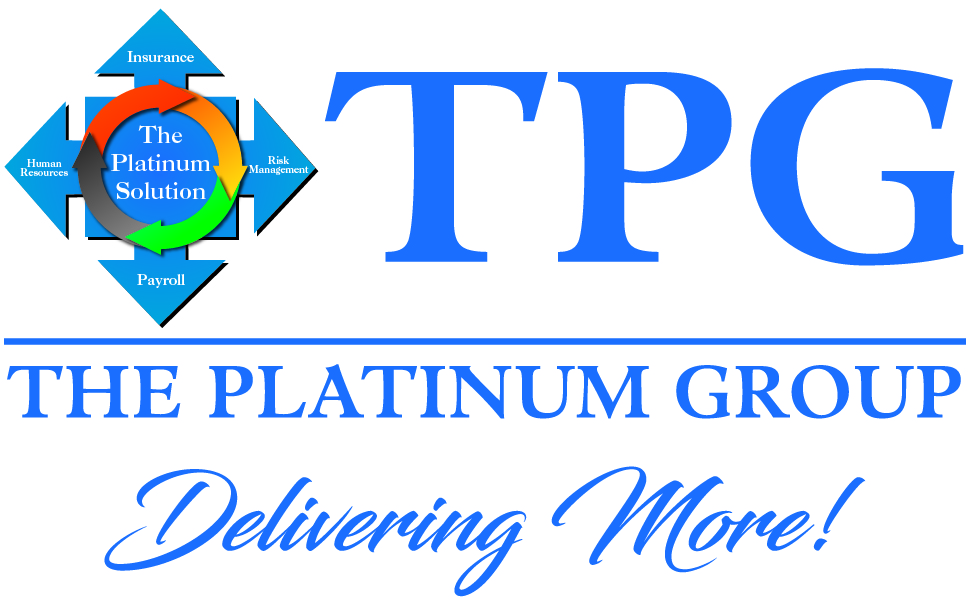A safe parking lot is essential for businesses of all sizes. It’s not just a matter of avoiding accidents; a secure and well-maintained parking lot enhances customer satisfaction, protects employees, and mitigates legal risks. Often overlooked in risk management strategies, parking lot safety is just as important as maintaining a secure and hazard-free interior. This guide explores why parking lot safety matters, outlines potential risks and provides actionable steps to create a safe and welcoming environment.

Why Parking Lot Safety Should Be a Priority
Enhancing Customer Experience
A well-lit, clean, and secure parking lot leaves a positive impression on customers. It sets the tone for their visit, improves their overall experience, and strengthens your business’s reputation. A parking lot that feels safe encourages repeat visits and fosters customer loyalty.
Minimizing Legal and Financial Risks
Unsafe parking lots can lead to accidents, injuries, or property damage, resulting in costly lawsuits and liability claims. Businesses that prioritize parking lot safety take a proactive approach to safeguarding their financial stability and avoiding reputational harm.
Boosting Employee Satisfaction and Morale
Employees who feel safe in their workplace parking areas are likely to have higher job satisfaction and morale. A secure parking lot reflects the business’s commitment to its well-being, which can enhance productivity and employee retention.
Reducing Crime
Adequate lighting, surveillance, and security measures can deter criminal activities such as theft, vandalism, and assaults. A safe parking lot protects customers, employees, and their belongings, reducing the likelihood of crimes that could tarnish your company’s image.
Common Parking Lot Risks to Address
To create a safer parking lot, it’s important to understand the potential hazards:
- Vehicle Collisions: Accidents involving vehicles striking pedestrians, objects, or other cars are common.
- Criminal Activities: Poorly lit and unmonitored areas increase the risk of theft, vandalism, and assaults.
- Weather-Related Hazards: Ice, snow, and standing water create slippery surfaces, increasing the risk of falls.
- Poor Maintenance: Cracks, potholes, and uneven surfaces can lead to trips, falls, and vehicle damage.
Practical Tips for a Safe Parking Lot Environment
1. Implement Clear Traffic Flow Systems
Use visible signage and ground markings to guide drivers and pedestrians. Clearly label:
- Emergency lanes
- Pedestrian crosswalks
- Bike lanes
- Accessible parking spots This reduces confusion and minimizes the risk of accidents.
2. Enhance Lighting
Install bright LED lights to improve visibility and discourage criminal behavior. Ensure that high-traffic areas, entrances, and exits are adequately illuminated, particularly during evening hours.
3. Install Panic Buttons and Emergency Phones
Emergency kiosks equipped with panic buttons or phones provide an added layer of security, giving visitors and employees peace of mind in emergencies.
4. Conduct Regular Inspections and Maintenance
Schedule routine assessments to identify and repair hazards such as potholes, cracks, or faded markings. Regular upkeep keeps the parking lot in optimal condition and reduces liability risks.
5. Invest in Security Measures
Use surveillance cameras and employ security personnel to monitor activity. Gates, fences, or access control systems can further enhance security by limiting unauthorized entry.
6. Control Speed and Address Blind Spots
Install speed bumps and post speed limit signs to reduce vehicular speed. Use convex mirrors to eliminate blind spots in areas with limited visibility.
7. Ensure Proper Drainage and Snow Removal
Avoid water pooling and icy patches by maintaining effective drainage systems. Implement regular snow removal procedures and use ice melt to improve traction during winter months.
8. Educate Visitors
Display safety tips prominently in the parking area. Encourage visitors to stay alert, avoid distractions like cell phone use, and follow parking lot guidelines.
9. Train Employees
Provide employees with parking lot safety training, including:
- Wearing appropriate footwear
- Avoiding headphone use in high-risk areas
- Reporting suspicious activity
- Locking vehicles and hiding valuables
- Using a buddy system when leaving after dark
Benefits of Prioritizing Parking Lot Safety
By taking these steps, businesses can expect significant benefits:
- Fewer Accidents: A safer environment reduces the likelihood of injuries or property damage.
- Improved Reputation: Customers and employees appreciate a business that prioritizes their safety.
- Lower Costs: Preventing accidents and minimizing crime reduces insurance claims and legal fees.
- Enhanced Employee Retention: Employees are likelier to stay with a company that values their safety and well-being.
Conclusion
Parking lot safety is a vital component of any comprehensive risk management plan. By addressing common risks, maintaining a secure environment, and educating both employees and visitors, businesses can ensure their parking lots are safe, welcoming, and efficient. Investing in these measures prevents accidents, reduces liabilities, and fosters a positive experience for everyone who steps onto your property. Prioritize parking lot safety today to build trust, enhance security, and protect your business’s future.
Learn more about protecting your business and even your assets by calling a TPG Commercial Insurance expert at 909.466.7876 today!
Also, discover more about The Risks of Collecting Biometric Data and check out the Contingent Business Interruption Insurance for Cyber Events by visiting our blogs/resources webpage.
